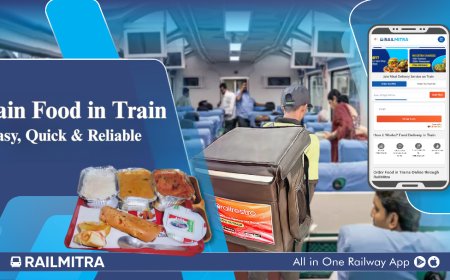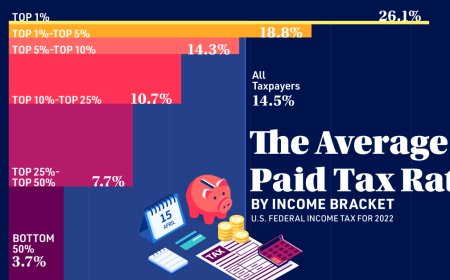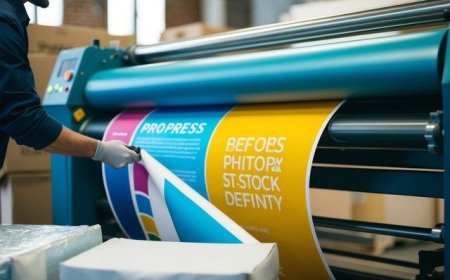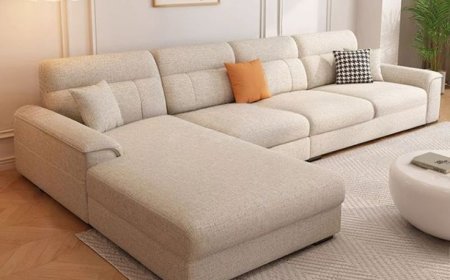How NDIS Participants Can Maximize Their Consumables Budget
The National Disability Insurance Scheme (NDIS) offers life-changing support for Australians living with a disability. Among its many funding categories, the Consumables budget plays a crucial role in helping participants access everyday items that support their independence and well-being. However, many participants either dont use their budget to its full potential or are unsure about whats covered. If you want to stretch your consumables budget further and make informed choices, this article will guide you through the essentials.
For a wide selection of approved consumables and assistive items, visit theAssistive Technology NDIS Shopto explore affordable and NDIS-compliant products.
Understanding the NDIS Consumables Budget
Consumables are low-cost, low-risk products that help participants manage their disability. This budget is typically part of the Core Supports category and can be used to purchase everyday items like:
-
Continence products
-
Wound care supplies
-
Nutritional supplements
-
Low-risk assistive technology (AT) items
-
Personal protective equipment (PPE)
-
Adaptive kitchen aids or mobility tools
What makes the consumables budget unique is its flexibility. Participants do not need to go through lengthy approval processes for every item. As long as the purchase aligns with your NDIS goals and is considered reasonable and necessary, it can be covered.
Who Can Use the Consumables Budget?
All NDIS participants may receive a consumables budget, depending on their individual needs and plan. This funding is most commonly provided to those with:
-
Continence needs
-
Feeding or swallowing difficulties
-
Mobility or dexterity challenges
-
Daily personal care requirements
The funds are self-managed, plan-managed, or agency-managed, depending on how your NDIS plan is set up. If youre unsure, check your NDIS plan details or ask your support coordinator or plan manager.
Common Misconceptions About Consumables
Many participants underuse their consumables budget because of confusion or uncertainty about what they can buy. Lets clear up a few myths:
1. Consumables are only for medical supplies.
Wrong! They can include personal care products, low-cost AT like kitchen aids, or even smartphone accessories that help with communication.
2. You need a prescription for consumables.
No. Most items under this budget dont require prescriptions or formal assessments.
3. Only agency-managed plans can access consumables.
Incorrect. Self-managed and plan-managed participants often have even more purchasing flexibility.
By breaking down these misconceptions, participants can better understand the true value of their budget and make empowered decisions.
Smart Strategies to Maximize Your Budget
To get the most out of your consumables budget, its essential to be proactive and strategic in your purchases. Here are some tips to help you maximize your allowance:
1. Plan Ahead
Start by identifying your recurring needs for the year. Consider monthly requirements for hygiene, continence, nutrition, and daily living aids. Planning ahead helps avoid last-minute purchases and ensures a steady supply of essential items.
Create a checklist of items you use regularly and estimate monthly usage. This makes it easier to track spending and avoid waste.
2. Prioritize Essential Items
Your consumables budget isnt unlimited, so its wise to prioritize items that offer the greatest benefit to your daily life. Choose products that directly support your independence, safety, and well-being.
For example, continence products might take priority over supplementary items like massage tools unless the latter serve a therapeutic function related to your disability.
3. Compare Prices Online
Shopping online gives you access to competitive pricing and a wider range of products. Look for trusted NDIS providers that offer clear product descriptions, usage guidelines, and transparent pricing.
When comparing prices, consider not only the upfront cost but also the value over time. For example, reusable incontinence products may cost more initially but save money in the long run.
A great place to start is thendis consumablessection of BetterCareMarket, where participants can shop for NDIS-approved items at reasonable prices.
4. Buy in Bulk
Purchasing consumables in bulk can be a smart way to reduce costs. Many suppliers offer discounts for bulk orders, especially for items like gloves, wipes, continence products, or nutritional supplements.
However, always ensure you have adequate storage space and that items have a long shelf life before buying in large quantities.
5. Keep Receipts and Documentation
Good record-keeping is essential, especially if your plan is self- or plan-managed. Maintain receipts, invoices, and product descriptions to justify purchases if needed. This is important for compliance and for understanding how your budget is being used over time.
Consider using a budgeting app or spreadsheet to track your spending and balance.
Focus on Low-Cost Assistive Technology
Many people dont realize that the consumables budget can also be used to purchase low-risk assistive technology, often under $1,500. These are tools or devices that help you manage your disability with more independence.
Here are some examples of low-cost AT items covered under consumables:
-
Jar openers and reachers
-
Adaptive cutlery or kitchen tools
-
Modified pens or writing aids
-
Shower chairs or non-slip mats
-
Phone mounts or styluses for limited dexterity
-
Visual or audio timers for cognitive support
These tools might seem minor, but they can make a huge difference in day-to-day living. If an item helps you complete a task more easily, safely, or independently, its likely worth considering.
Collaborate With Your Support Team
Your support coordinator, occupational therapist (OT), or plan manager can offer valuable insights into which consumables best suit your goals. They can also help you document why a product is necessary and how it aligns with your plan objectives.
Having regular check-ins with your support team can help you identify new needs or cost-saving strategies. For example, your OT may recommend a more cost-effective assistive tool or show you how to better use an existing item.
Review and Adjust Every 36 Months
Needs change over time. Regularly reviewing your consumables usage can help you make adjustments, spot overspending, and identify areas where you might not be using your budget effectively.
Ask yourself:
-
Are you running out of items too quickly?
-
Are you purchasing products that go unused?
-
Is your current supplier offering the best value?
Answering these questions every few months ensures you remain in control and fully benefit from your plan.
Use Reputable NDIS-Registered Providers
To ensure compliance and reliability, shop through trusted NDIS-registered providers. These suppliers understand the guidelines and offer products that are approved and suited for participants needs.
Using registered providers also makes it easier for plan-managed or agency-managed participants to make purchases without extra steps or delays.
BetterCareMarket is one such provider, offering a dedicated NDIS store where participants can find a wide range of consumables and low-cost AT products with fast delivery and reliable service.
Frequently Overlooked Items Covered by Consumables
Many participants are surprised to learn that certain items fall under the consumables budget. Here are some examples you might not expect:
-
Face masks and gloves (especially during flu season)
-
Hearing aid batteries
-
Adaptive footwear inserts
-
Mobility cup holders or wheelchair bags
-
Reusable sanitary products
-
Adaptive gardening tools
Always ask your support coordinator or plan manager if youre unsure whether something qualifies. If it helps you live more independently, theres a strong chance it can be claimed under consumables.
Final Thoughts
Your NDIS consumables budget is more than just a fund for medical suppliesits a flexible, participant-driven resource designed to enhance your independence and quality of life. With smart planning, the right guidance, and trusted suppliers, you can stretch your budget further and make it work harder for your needs.
Remember: understanding what qualifies, shopping smart, prioritizing your goals, and collaborating with your support team are the keys to maximizing your funding.
Start by visiting the Assistive Technology NDIS Shop to explore a wide range of products and see how much further your consumables budget can take you.







































